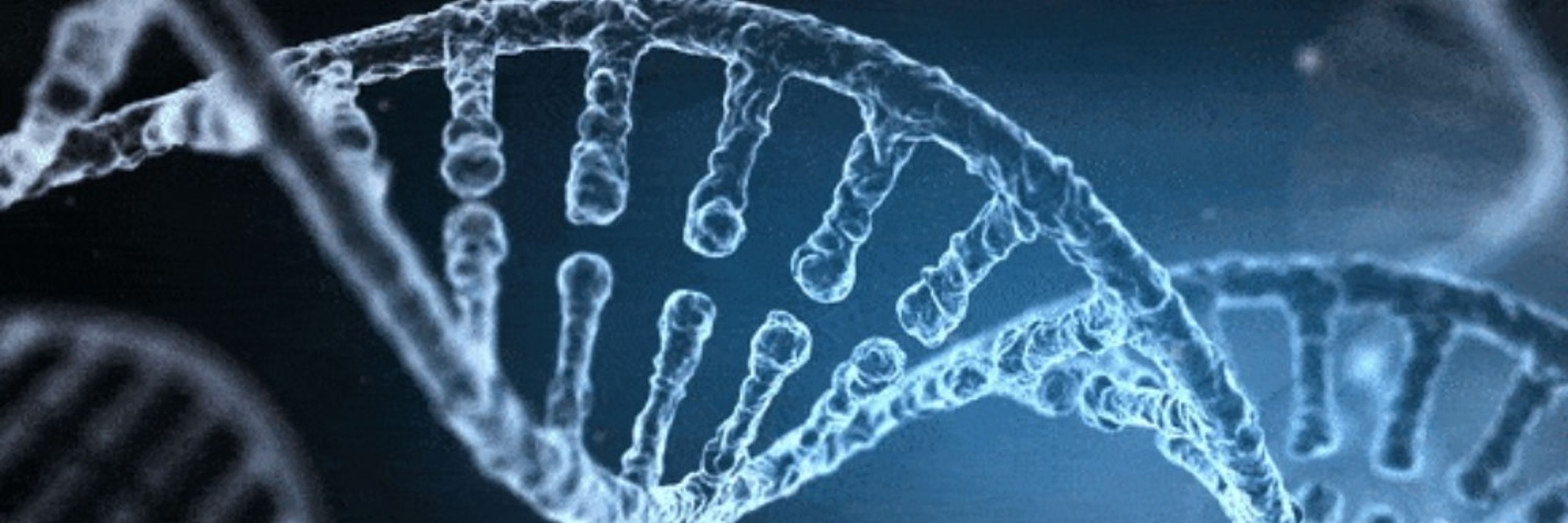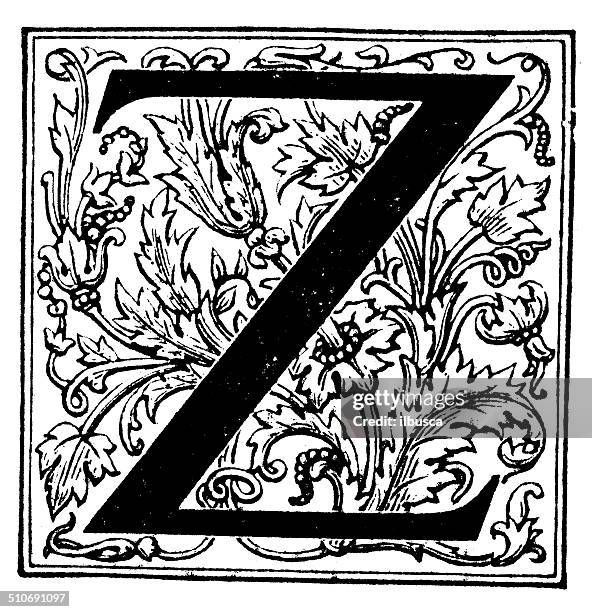c0nc0rdance
@c0nc0rdance.bsky.social
32K followers
1.3K following
23K posts
Molecular biologist from Texas, here to share my meanderings on nature, science, history, politics, and zombies. Long threads a specialty.
Posts
Media
Videos
Starter Packs
Reposted by c0nc0rdance



















